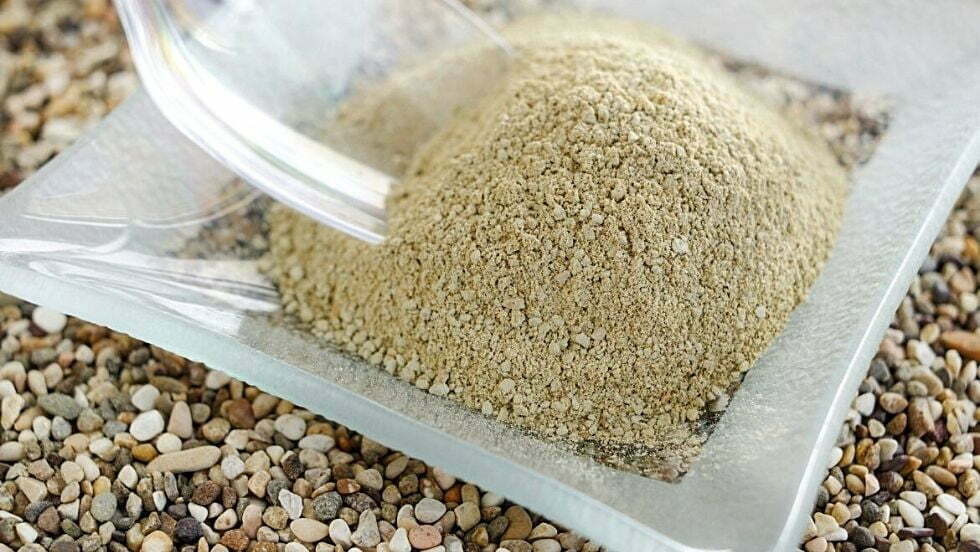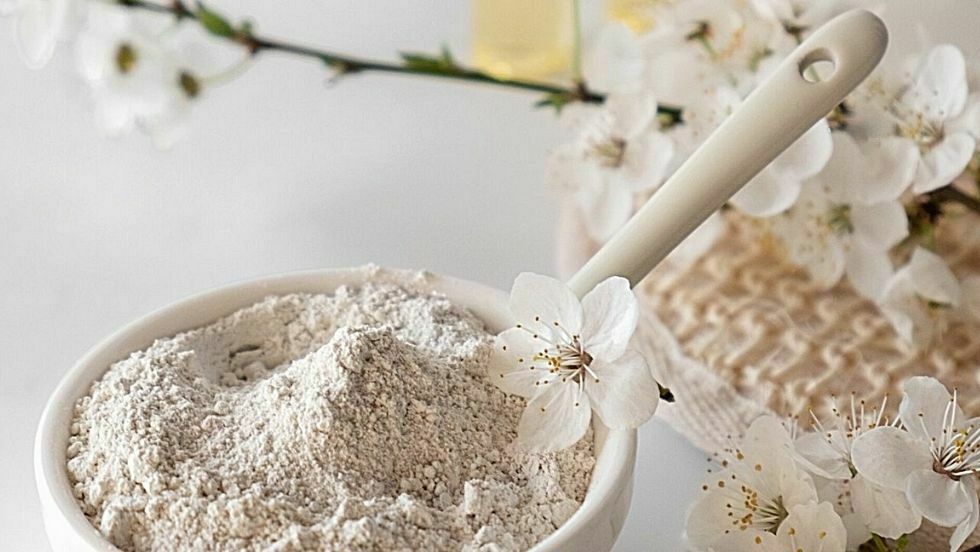Is kaolin safe to eat? That is the question that often pops up from those puzzled by the clay-eating practice that generally has existed all over the world for centuries. Geophagy or geophagia, the universal term for eating clay, indeed sounds to be a horrible idea for modern people.
In the southern part of the US, those who ate clay were often labeled “clay eaters” and were diagnosed with pica, a psychological eating disorder. However, biologists and anthropologists are gradually providing a much more accurate elaboration on the consumption of kaolin clay.
A Brief History of Clay-Eating
In truth, kaolin clay-eating has been a widespread practice among humans even since their first evolution. It is still practiced today by certain ethnic groups and some people who believe in the health benefits of consuming white clay.
So, is kaolin clay safe to eat? Prior to knowing the answer to this question, let’s go back to the times when clay eating was associated with bacterial and cholera infection treatments.
In a practice that dated back to the ancient Greek and Roman periods and was eventually adopted by Christianity, clay tablets were widely used for religious customs and treatments for particular poison and plague. In 1848, these holy tablets were classified in pharmacopeia and were distributed across Western Europe and the Mediterranean area.
In the other parts of the world, like sub-Saharan Africa, Tanzania, and Kenya, pregnant women commonly engage in the consumption of clay. This earth-based substance is even widely sold in markets and consumed at around 30g every day.
Is Kaolin Clay Safe to Eat for Pregnant Women?

Many scientists have searched for an accurate elaboration on the historical continuity of clay-eating practice. However, the unique needs of the body during pregnancy have revealed the biggest insights into the adaptive function of clay eating.
Nutritional needs during pregnancy are becoming more rigorous, particularly in terms of minerals like calcium and iron. Furthermore, this phase of nutritional deficiency is frequently followed by digestive issues like vomiting and nausea.
Connecting the dots, experts are able to provide an answer to the question of “is kaolin clay safe to eat during pregnancy?” Scientists believe that pregnant women’s need for kaolin is a biological need related to the body’s demands at this period.
Based on the indications from these physical demands, eating clay for pregnant women is believed to provide a therapeutic effect because of its nutritional mineral content. The consumption of this substance can also provide relief for nausea and protection against toxins in the digestive tract.
Related: Frequently Asked Question: Is Kaolin Safe during Pregnancy?
The Benefits of Eating Kaolin Clay
Kaolin clay is a mineral kaolinite found all over the world, from China to the US to Europe. While commonly used for external usage, kaolin clay have some potential benefits when it is used internally.
In addition to helping relieve morning sickness and vomiting in pregnant women, below are some of the other potential health benefits of kaolin clay:
1. Improve Digestive System
The stigma often attached to clay eaters in the southern United States may be due to the overuse of this earth-based substance. In fact, kaolin clay provides health benefits that many may have overlooked.
One of the popular medications for digestion in the country was even formulated with the mineral kaolinite as the primary ingredient. The substance has properties that can improve digestive health.
2. Treat Diarrhea
Is kaolin clay safe to eat? When eaten by mouth, kaolin clay is possibly safe and effective for the majority of people, particularly those with digestive conditions. The absorbance properties of this substance may aid with the elimination of viruses or bacterias that lead to digestive issues like diarrhea.
In some regions of Africa, kaolin is served as an effective anti-diarrheal when combined with local plant substances. The ability of kaolin to prevent diarrhea is notable, knowing the fact that this digestive condition may lead to severe issues such as malnutrition.
Related: The Uses of Kaolin Pectin for Medical and Health World
3. Absorb Toxins
Some people deliberately ingest kaolin clay to absorb toxins from their bodies. This is probably one of the most well-studied benefits of clay consumption. Various studies have suggested that eating kaolin may help in decreasing the harmful effects of toxins in the body.
According to Dr. David L. Katz, an American nutrition specialist and director of Yale University’s Prevention Research Center, kaolin clay has a binding effect that can help in absorbing toxins. Thus, it works well as a detox.
The Side Effects of Eating Kaolin Clay
Is kaolin clay safe to eat? It’s possibly safe when ingested orally in food proportions. While it’s not always causing harm, it may still contribute to several health concerns. The more frequent you eat clay, the prone you are to side effects of this substance consumption.
1. Digestive Issues
Constipation is one of the digestive conditions that may occur from excessive clay consumption. Perforation or intestinal blockage are the other possible side effects, albeit they are less prevalent. Eating kaolin clay, an earth-based substance, exposes people to bacteria and parasites that cause digestive issues.
2. Anemia
Some of The University of Chicago journals suggest that the practice of eating clay can impair the capacity of the body to absorb essential nutrients. Kaolin clay has properties that can bind to a wide range of minerals like iron and zinc when it’s in the stomach. To put it another way, ingesting clay may raise the risk of anemia.
3. Complications in Pregnant Women
While eating clay can relieve nausea, it can still put pregnant women at risk, particularly if it’s taken for an extended period of time. Even if the clay has been purified and toxin-free, this substance can still bind to the nutrients acquired from other sources in the stomach. Thus, the body is unable to adequately absorb the nutrients, which can put health at risk.
Final Verdict
Clay eating has been done for various reasons, including cultural practice or even for health purposes. So, is kaolin clay safe to eat? For the elaboration above, it can be concluded that kaolin clay is safe to eat within reasonable proportions and take the possible risks of clay consumption into consideration.


Very much thanks for this article, cause in Suriname Some people eat Kaolin. Now I know that it is not Toxic and safe to eat if in small portions. A lot of pregnant people eat it too. Maybe because their body lack certain minerals. But I have seen that it can become an adiction too.